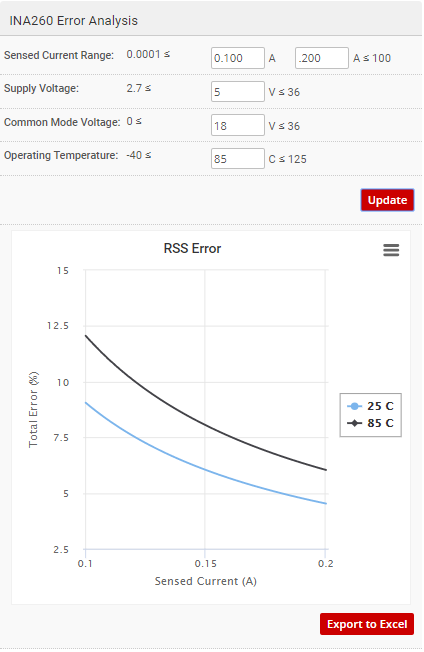Other Parts Discussed in Thread: INA3221, INA190
Team,
-Is the shunt isolated from the rest of the device?
An isolated DCDC is used in the project. The goal is to be able to monitor the DCDC input current while the INA260 is being supplied by the DCDC output.
-Is it possible? Could you please suggest a mechanism to do that?
Thanks in advance,
Anthony


